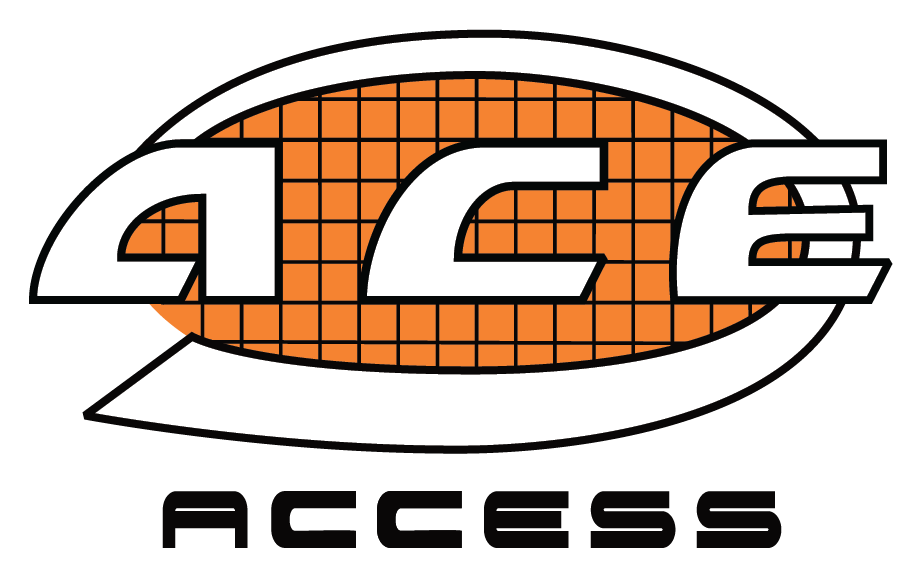Frequently Asked Questions
Rope access is a comparatively new industry. This is advantageous as it inherently comes with an innovative approach to traditional problems in the built environment, whilst adhering to relevant health and safety standards.
What is ‘Rope Access’?
Rope access is a safe and efficient method of working at height or in difficult-to-reach areas using specialized ropes, harnesses, and climbing techniques. It allows trained technicians to access vertical or confined spaces potentially eliminating the need for scaffolding, cranes, or elevated work platforms (EWPs).
Why is rope access more cost-effective?
✅ Lower Setup & Dismantling Costs – No need for bulky scaffolding or cranes
✅ Minimal Downtime – Workers access heights quickly, reducing labor hours
✅ Fewer Permit & Rental Fees – Scaffolding and EWPs require permits, rental, and transport
✅ More Flexibility – Ideal for high-rise buildings, hard-to-reach areas, and quick maintenance tasks
Can rope access be used on any building?
Yes, rope access is ideal for high-rise buildings, commercial properties, industrial facilities, and residential strata. It is particularly useful for buildings with complex designs, limited ground space, or hard-to-reach areas.
When is rope access more cost-effective?
Rope access is cost-effective in an array of various situations. Including, but not limited to;
Sites with limited ground space (e.g., busy city streets, courtyards)
Short-term projects (e.g., window cleaning, facade inspections, minor repairs)
Difficult-to-access areas (e.g., confined spaces, overhangs, high-rise buildings)
How does rope access compare to scaffolding or elevated work platforms?
✅ Cost-effective – Eliminates expensive scaffolding or machinery.
✅ Fast & efficient – Quick setup and minimal downtime.
✅ Safe – Complies with industry safety regulations and governing bodies.
✅ Versatile – Works in hard-to-reach places.
Rope Access: Best for high or hard-to-reach areas, quick inspections, maintenance, or repairs with minimal impact.
Scaffolding: Ideal for long-duration projects where a stable platform is beneficial.
EWPs (Boom Lifts, Scissor Lifts, etc.): Suitable for mid-range heights, areas with clear ground access, or when carrying heavier tools.
Are your technicians certified? What qualifications do they have?
All of our technicians are required to have a minimum of;
- IRATA or SPRAT rope access qualification
- Working at Heights
- Construction Induction (White Card)
Our technicians holds numerous qualifications applicable to a wide array of industries. Contact us to speak about your companies specific needs.
Is rope access safe compared to traditional access methods?
Yes, rope access is one of the safest methods for working at heights, often outperforming scaffolding and Elevated Work Platforms (EWPs) in terms of risk management.
Rope access technicians undergo rigorous training and follow strict safety standards set by organizations like IRATA and SPRAT. Unlike scaffolding or EWPs, rope access systems include built-in redundancy. This significantly reduces the risk of falls.
Another key advantage is the low failure rate of rope access equipment. Ropes, harnesses, and anchors are inspected regularly, and technicians are trained in self-rescue and emergency procedures.
Additionally, rope access minimizes the hazards associated with bulky structures or machinery, making it ideal for high-rise buildings, confined spaces, and areas where ground-level disruption needs to be avoided.
Overall, when performed by trained professionals, rope access is not only highly efficient but also one of the safest ways to perform maintenance, cleaning, and repairs at height.


